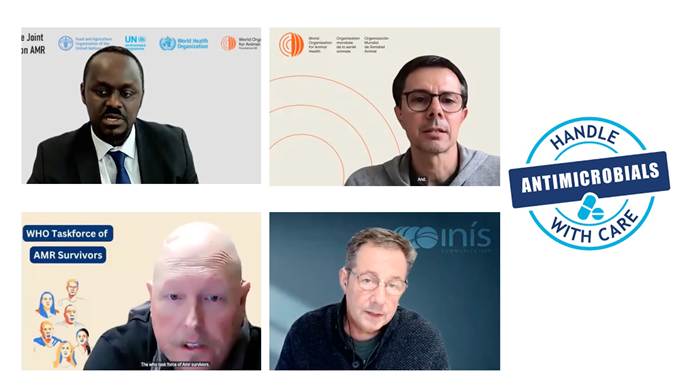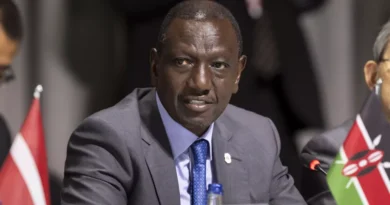World on Brink as Drug Resistance Surges, Experts Warn
As the world marks the approach of World Antimicrobial Resistance Awareness Week (WAAW) 2025, global health experts are issuing renewed warnings about the accelerating threat of antimicrobial resistance (AMR), a crisis that risks pushing humanity back to a pre-antibiotic era.
Nearly a century after the discovery of penicillin in 1928, the World Health Organization (WHO) has released new data revealing a sharp rise in infections that no longer respond to available medicines. According to the latest WHO surveillance report, one in six bacterial infections worldwide is now resistant to antibiotics, placing millions of lives at risk.
“AMR remains one of the top global health threats,” said Dr Tim France, molecular biologist and global health strategist, speaking at the 5th Annual Global Media Forum on AMR. “Resistance is especially severe in gram-negative bacteria, which are responsible for many hospital-acquired infections. The burden is also profoundly inequitable, with the highest resistance levels found in low- and middle-income countries.”
Despite the grim outlook, Dr France noted a “silver lining”, more countries are contributing stronger, higher-quality data to GLASS, the WHO’s Global AMR Surveillance System, which now covers over 70% of the world’s population. In several regions, focused interventions have helped reduce MRSA infections by more than 6% annually.
Experts emphasise that the misuse and overuse of antibiotics is not confined to humans. Widespread and inappropriate use of antimicrobials in livestock, food production, and agriculture, combined with environmental contamination from untreated wastewater and pharmaceutical waste, is accelerating the emergence of drug-resistant pathogens.
“Addressing AMR requires urgent, coordinated action across the One Health spectrum,” said Dr Jean-Pierre Nyemazi, Director of the Quadripartite Joint Secretariat on AMR, which unites the WHO, FAO, UNEP and WOAH. “We need shared responsibility, not just technical solutions.”
Despite 178 countries having national AMR action plans, only 22% are fully implementing them with proper monitoring and financing. In response, UN member states committed at the 2024 High-Level Meeting to ensuring that 60% of countries have fully funded AMR action plans by 2030, backed by at least US$100 million in mobilised resources.
Rob Purdie, an AMR survivor and member of the WHO Task Force of AMR Survivors, shared his experience of misdiagnosis and prolonged suffering due to fungal meningitis caused by Valley fever.
“AMR is invisible, but I am not,” he said. His case highlighted gaps in diagnosis and treatment, as well as the often-overlooked connection between fungal resistance and agricultural use of antifungal pesticides, another reminder of the need for a One Health approach.
AMR is already linked to nearly 5 million deaths each year, including 1.14 million directly caused by bacterial resistance, equivalent to two lives lost every minute. Experts warn that unless the world reduces misuse of antimicrobial medicines across all sectors and curbs environmental pollution, the progress of modern medicine could be undone.
As WAAW 2025 approaches, health leaders are urging nations to accelerate science-based, multisectoral approaches to prevent AMR and protect future generations.



